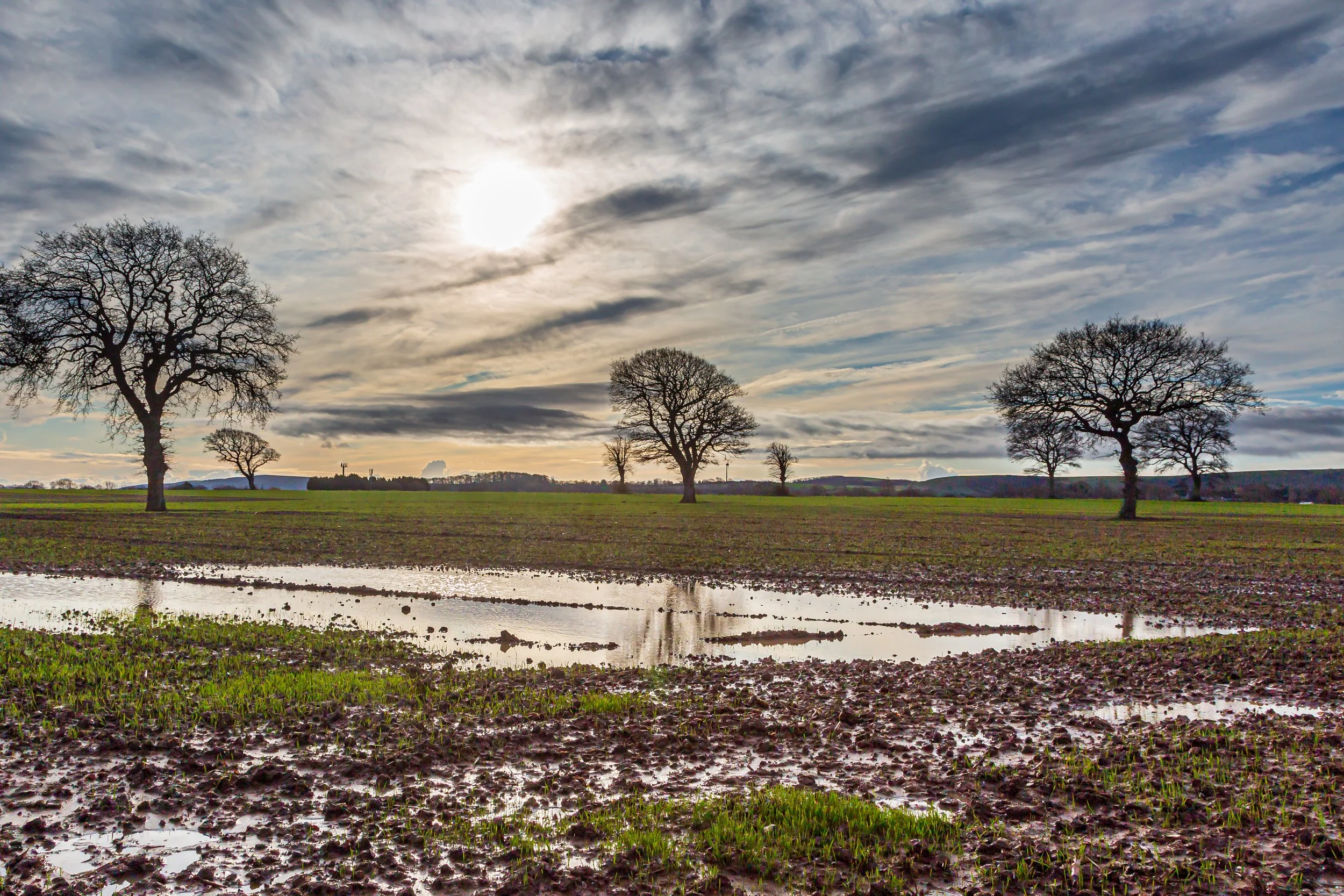The disappearing winter
Winter is coming… came and went?
Imagine the landscape of global agriculture shifting under the influence of milder winters. Picture a world where traditional patterns of flowering trees, essential for crops like citrus, mangoes, and apples, are disrupted. These trees, reliant on cold winters for their bloom cycles, face challenges as winters grow warmer and shorter—a consequence of global warming affecting both hemispheres. The last four decades have witnessed a global temperature rise of approximately 0.18°C (0.32°F) per decade - a trend that is only accelerating. The ripple effect on agriculture, from delayed flowering to reduced yields, poses a tangible threat to the stability of food supply chains worldwide.
Take Great Britain as a case in point. Recent seasons have brought some of the wettest winters in decades, saturating soils and overwhelming fields. In Lincolnshire, for example, farmers experienced the wettest October to December period in 27 years. Such extreme weather events not only impede planting and harvesting schedules but also forecast a troubling trend for future agricultural productivity. This scenario mirrors broader global challenges, where unexpected climatic conditions force a reevaluation of traditional farming practices and supply chain resilience.
Waterlogged field in Great Britain, on a sunny winters day
Turning our attention to South America, the plight of Peruvian mangoes offers an even starker illustration of these challenges. Mango volumes are down 70-80%, directly attributable to a record warm winter that wiped out this year’s crop. The dramatic decrease in production volume highlights the precarious balance between climate and crop viability, emphasizing the need for adaptive strategies in procurement and supply chain management.
So where do we go from here? In navigating this evolving landscape, procurement managers must anticipate the implications of milder winters on global agriculture. The priority lies in developing flexible, resilient supply chains capable of withstanding the unpredictability of climate change. By embracing diversification, leveraging technology for better forecasting, and fostering sustainable agricultural practices, procurement leaders can steer their organizations through the uncertainties of a warming world, ensuring a stable and sustainable food supply for the future.


